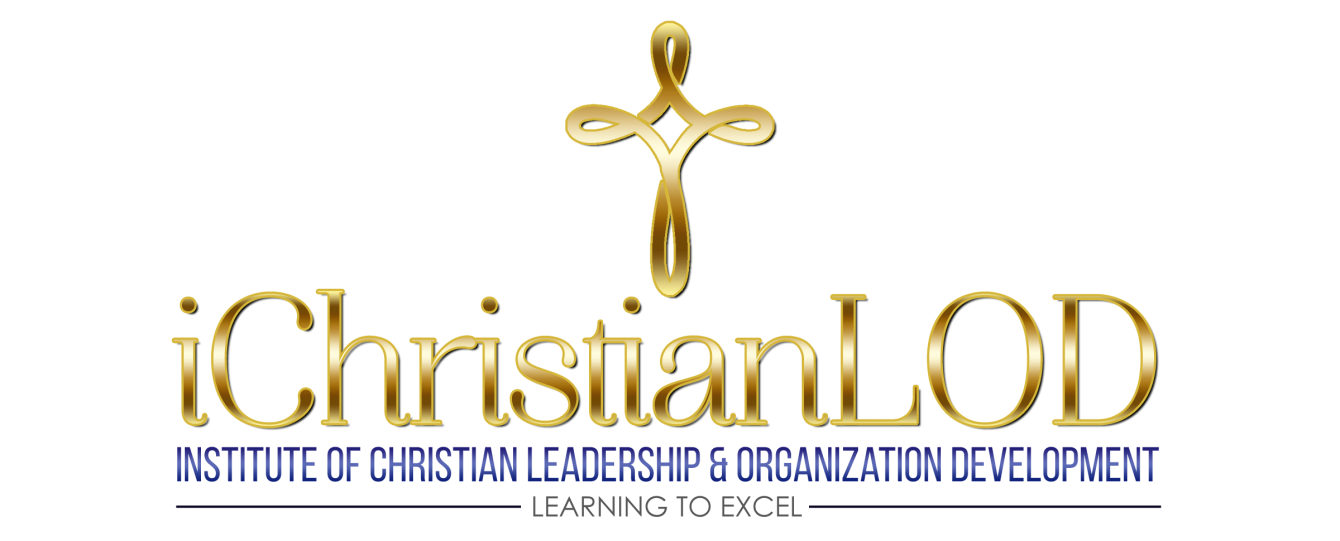Organizational Culture: The Hidden Key to Success
Organizations are a pervasive part of the every-day lives of most people. We enter the world through an organization called a hospital. We live in virtual organizations called communities that have laws and rules that we generally obey without question. Our social worlds are filled with various types of organizations such as schools, churches, and grocery stores. Many of us voluntarily join organizations whose objectives align with our own heartfelt passions. We spend a significant amount of time as employees in organizations. We even trust organizations with our most valuable resources when we enroll our children in schools and deposit our money in banks. Driskill and Brenton say it like this, “Organizations are places that carry us from cradle to grave by shaping our sense of identity, role, and meaning in life” (Driskill, Brenton, 2011, p.4).
The bottom line: organizations play a major role in our lives. Over the past two decades, scandals have destroyed the trust and confidence of many consumers as major organizations like Enron, AIG, Fannie Mae, and Countrywide Financial and more, have been reprimanded for engaging in deceptive, illegal, and unethical practices that have cost society losses in the billions of dollars. In response, two major initiatives have resulted. First, new federal regulations like the Sarbanes-Oxley Act (SOX) and the Federal Sentencing Guidelines for Organizations (FSGO) have been passed to establish new ethical guidelines that will help to protect consumers from unethical practices and restore public confidence. The second result is increased public awareness and sensitivity to unethical behaviors in organizations.
What these two responses have effectively done, in conjunction with pressures from increased competition, is to force organizations to operate and function with new and higher standards of ethics. In order, however, for them to change how they function and operate, they must examine cultural aspects of their organization that cause them to do what they do the way they do it. In order for them to achieve substantive changes through the creation of new cultural values, they will have to recreate and change aspects of their organizational culture. Schein (2010) explains how the culture of an organization has within itself powerful unseen forces that dictate how members of that organization operate and function. Those unseen forces must be identified before they can be changed (Schein, 2010). Whatever the cultural values are, they play a significant role in the behavior of its stakeholders. As such, organizational culture plays a significant role in the performance of members, and therefore, the overall success of the organization.
A team of managers who desire to improve operations, would have to first look at the cultural values accepted and shared by its employees. For instance, to transition from an unethical to an ethical culture, would involve as Meyers (2004) explains, an understanding of ethical behavior. One would have to understand why ethical problems exist in the first place. With respect to organizational culture, Meyers (2004) states that one must go beyond identification to an understanding of the role that culture plays in the ethical decision-making process. Beginning with the former, Meyers (2004) states there are three possible explanations for unethical decisions that are made in organizations (Meyers, 2004). The first explanation is that good people sometimes make unethical decisions because of ignorance or simply not knowing what the right thing to do is. Ferrell, Fraedrich and Ferrell (2013) point out the complexities involved, in that businesses have a duplicative responsibility to not only be ethical, but to also make a profit. For this reason, the approach to the ethical dilemma cannot be limited to the philosophical dimension (Ferrell et al., 2013). The second explanation given by Meyers (2004) for unethical decisions is that sometimes good people make unethical decisions by reason of being overcome by some personal weakness (Meyers, 2004). This can be limited by increasing accountability. Meyers’ (2004) third explanation is that some people are bad, and bad people simply do bad things (Meyers, 2004). These are bad apples that must be terminated (Ferrell et al.. 2013).
The point is, while all three causes are valid, Meyers correctly insists that the three causes present an incomplete picture of the ethical decision-making process in that they do not take into consideration the organizational culture within which the unethical decisions are made (Meyers, 2004). Schein (2010) reinforces Meyers’ position when he alludes to the powerful forces that are inherent within the culture of an organization. Schein (2010) attributes the strength of those inherent forces to the fact that they operate outside of one’s awareness, in the subconscious realm, meaning that one may not even be aware of their existence (Schein, 2010).
The indication is that in order to successfully implement substantive change that will impact the successful achievement of organizational goals, will require some degree of cultural analysis. Without incorporating this necessary step, it is unlikely that change will be significant or long-term.
References
Driskill, G.W., Brenton, A.L. (2011). Organizational culture in action a cultural analysis
workbook 2nd edition. SAGE Publications, Inc. Thousand Oaks, CA 91320.
Ferrell, O.C., Fraedrich, J., Ferrell, L. (2013). Business ethics ethical decision making and cases (9th edition). South-
Western Cengage Learning. Mason, OH 45040.
Meyers, C. (2004). Institutional Culture and Individual Behavior: Creating an Ethical
Environment. Science & Engineering Ethics, 10(2), 269-276.
Schein, E.H. (2010). Organizational culture and leadership 4th edition. Jossey-Bass.
San Francisco, CA 94103-1741.

